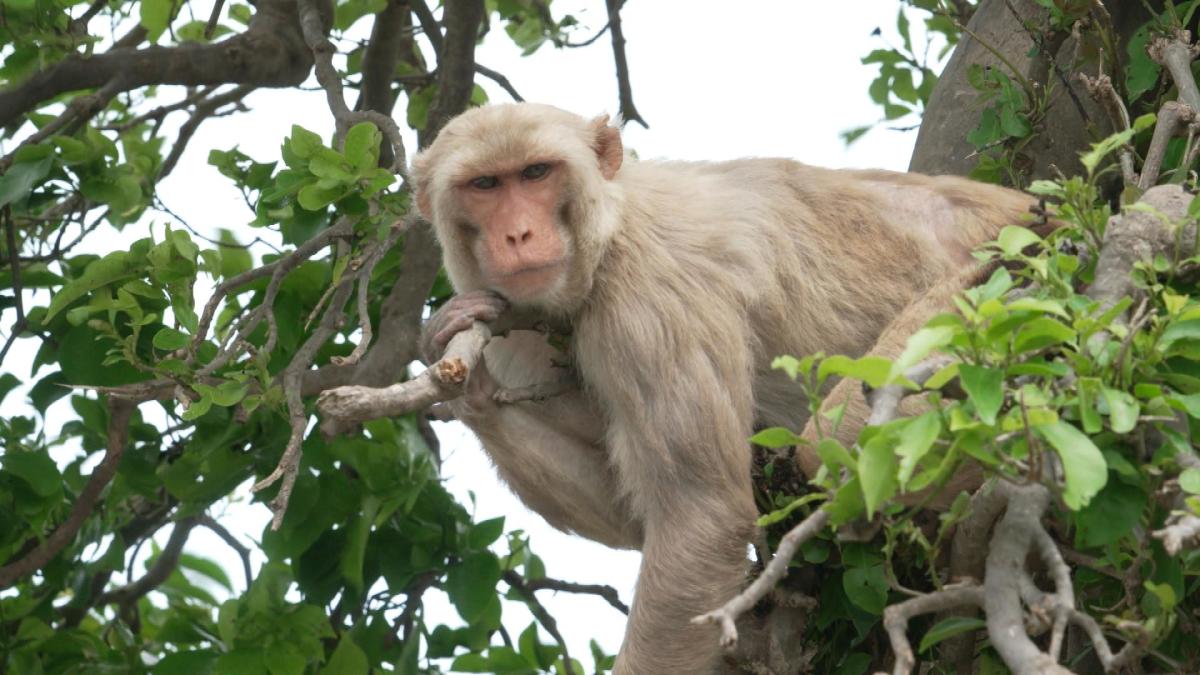Scientists are conducting a study on the adaptation of monkeys living on a remote island off the coast of Puerto Rico after Hurricane Maria in 2017. The researchers on Cayo Santiago have access to blood tests performed on the rhesus macaques for over a decade. According to biologist Noah Snyder-Mackler from Arizona State University, the immune systems of monkeys that survived the hurricane appeared to have aged an additional two years, equivalent to six to eight human years on average. The scientists believe that monkeys with stronger bonds and friendships may have been protected from the stressful event. Additionally, researchers are trying to determine the factors that make certain rhesus macaques more resilient to hurricanes than others.
The history of the monkeys on Monkey Island dates back to the 1930s when American primatologist Clarence Carpenter brought 500 rhesus macaques from India to Cayo Santiago, also known as Monkey Island, to establish a research facility. The journey was a difficult 14,000-mile sea voyage lasting 51 days. Many monkeys died from diseases during their early years on the island. In the 1950s, scientists began tattooing the rhesus macaques and conducting a daily census. The meticulous record-keeping continued, providing scientists with rare access to more than six decades of biological and behavioral data.
During Hurricane Maria, the researchers were unable to access Monkey Island due to the devastation. However, they eventually hired a helicopter to conduct an aerial survey. Angelina Ruiz-Lambides, the former scientific director of Cayo Santiago, joined the pilot and was shocked by the destruction she witnessed. The island, once covered in a dense canopy of trees and lush foliage, was now filled with dead branches. It lost two-thirds of its vegetation. Ruiz-Lambides initially believed that most of the monkeys had been killed, but a later census revealed that the majority had survived, with an estimated 50 casualties. The researchers were intrigued by how the monkeys managed to survive, and one theory proposed by biologist James Higham of New York University is that they resorted to consuming a larger quantity of seaweed and algae deposited on the island by the hurricane.
Approximately 1,800 rhesus macaques currently inhabit Cayo Santiago, having adapted to the harsher environment after Hurricane Maria. Attempts to replant trees on the island have been unsuccessful, as the curious monkeys uproot them before they can grow. Consequently, there is limited shade available, forcing the monkeys to gather in the few shaded areas. Despite increased competition for resources, the rhesus macaques now exhibit more social behavior, which at first seemed counterintuitive. In their hierarchical society, high-ranking monkeys have priority access to food. However, the monkeys appear to be more tolerant of each other post-hurricane.
The research on Monkey Island continues, focusing on predicting who survives a catastrophe and how quickly they recover. Rhesus macaques are commonly used in medical research due to their genetic and physiological similarities to humans. The findings from this study could potentially be applied to humans to help mitigate the negative effects of traumatic events.


